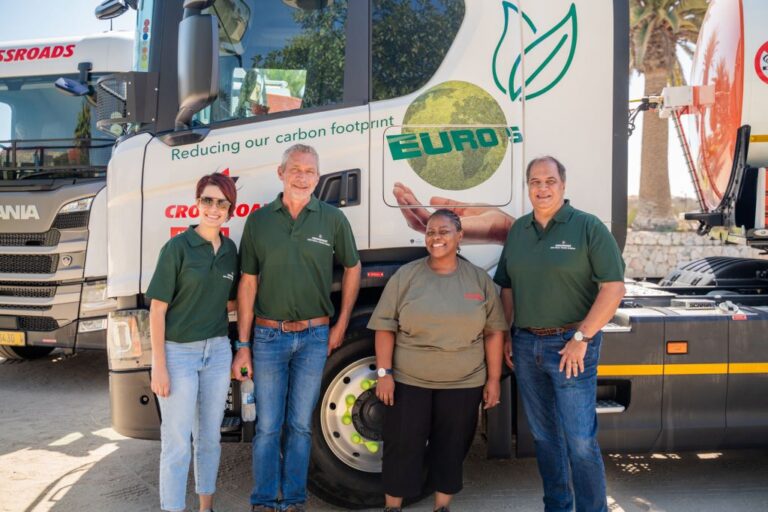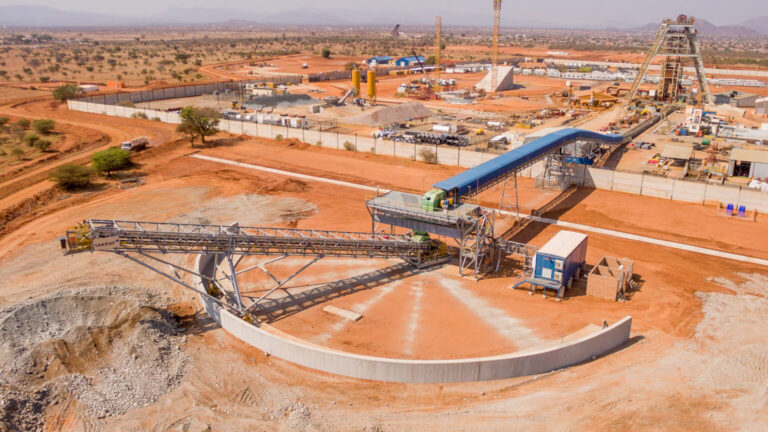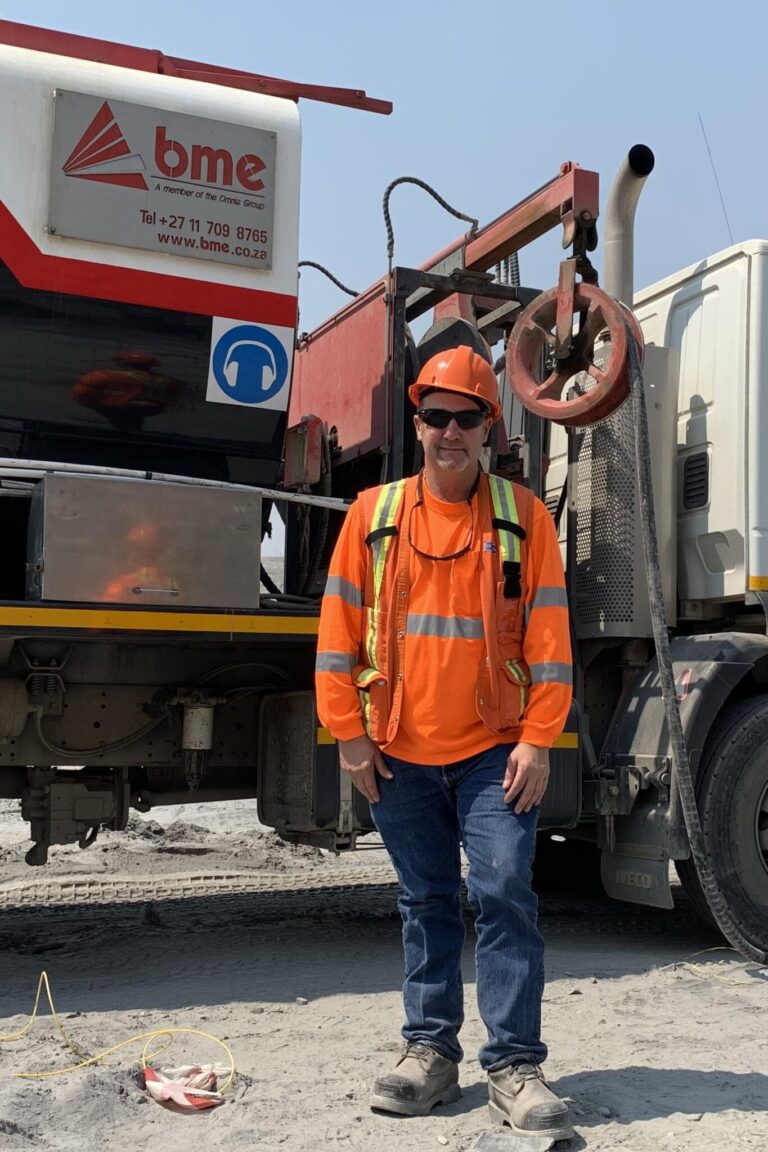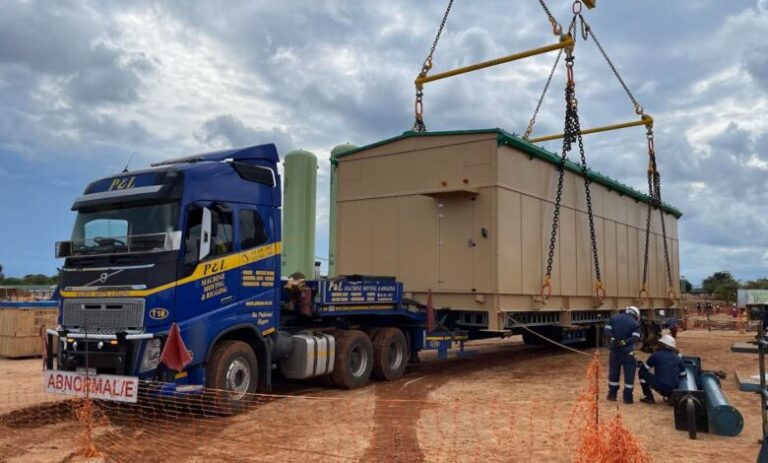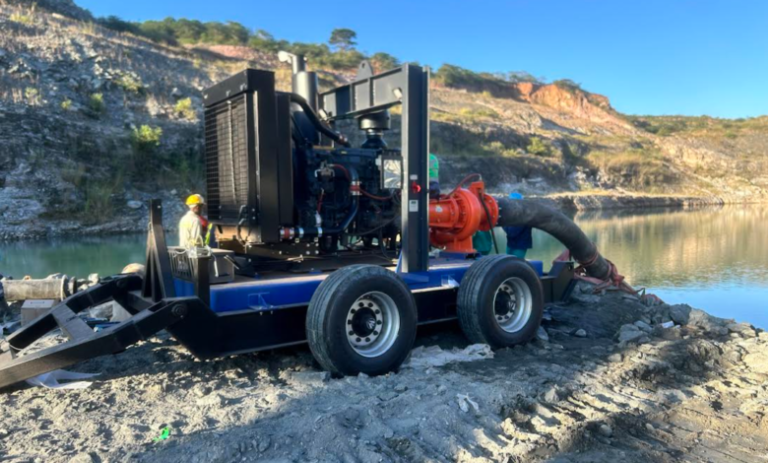The Customer Survey, conducted for TOMRA Mining’s Service Team by market research company B2B Research, revealed a standout level of overall satisfaction with a remarkable average score of 6.3 on a 7-point scale and an outstanding Net Promoter Score of +57 – significantly higher than the typical scores in B2B sectors.
This extremely positive feedback is a testament to the Service Team’s dedication, technical expertise and partnership approach to supporting its customers. It demonstrates the unique strength of TOMRA Mining’s Service as a key element of its success.
TOMRA Mining sees service as a critical element of its offer to mining operations and is constantly evaluating the best way to support its customers by listening to them. As part of this effort, it has engaged B2B Research, a reputed Business-to-Business market research company, to conduct a Customer Survey in 2018 and a second one in the first quarter of 2024 to assess the quality of its service and collect feedback from customers.
The surveys covered the different aspects of TOMRA Mining’s service activities – from the back-office’s availability and the competence of its technical support team to the quality of work of its service engineers. The respondents represented a variety of roles within the customers’ organizations, including maintenance, operations, plant and process management, parts sourcing and service planning.
Related Articles
Hytec Fluid Technology strengthens service offerings with Filtration Group Industrial partnership.
Hytec Fluid Technology strengthens service offerings with Filtration Group Industrial partnership
2 days ago
Outstanding customer satisfaction with TOMRA Mining’s Service Team
The recent survey revealed extremely high levels of satisfaction among its customers, with 93% of respondents being satisfied with the availability and competence of TOMRA’s technical support team and the quality of work and competence of its service engineers. Overall, the Service Team was awarded an average score of 6.3 on a 7-point scale, a further improvement on the already high score of 6.0 achieved in 2018.
The surveys also asked customers how likely they would be to recommend TOMRA Mining to calculate the company’s Net Promoter Score (NPS). Paul Walsh, Director at B2B Research, explains: “TOMRA Mining’s NPS (Likely to Recommend) increased from +38 in 2018 to a very strong +57 in 2024, which shows hard work and dedication from the Service Team. An NPS of +40 or above in a B2B industry is already considered high when most companies’ NPS ranges from +10 to +30. So, a really great achievement!”
Klaus Berns, Head of Service at TOMRA Mining, is delighted with the feedback: “The survey has shown an improvement in all areas of service and all regions. I am proud of this strong customer rating. It reflects the value our customers place on the passion and dedication of our Service Team, and the close communication we maintain with them. A very strong Service team, combined with expert advice from our Sales and Applications teams, and our exceptional technology and performance, are the key factors in gaining our customers’ trust and driving their choice of TOMRA.
Our mission to deliver an extraordinary customer experience will continue!” TOMRA Mining is constantly looking at ways to further improve its service to customers, listening to their feedback through surveys and the everyday contact of its team members.
Over the last five years, it strengthened its team of field service engineers as well as the back-office support. “We expanded and trained our service team, ensuring we all share the mindset that puts the customer at the center of everything we do, prioritizing the principles that are important to them. This enables us to gather precise insights about their operation in a meaningful timeframe and develop packages that perfectly match their needs,” says Klaus Berns. The excellent feedback in this year’s survey is a clear recognition of the Service Team’s efforts to continuously improve and deliver the best possible experience.
TOMRA Mining’s unique service approach: beyond technical support, a true partnership Service is a core part of TOMRA Mining’s business and is deeply interlinked with its Sales and Technology departments. It doesn’t stop when the equipment is installed, or a technical intervention is resolved: it is a partnership based on effective communication.
“We are very close to our customers,” explains Klaus Berns. “Communication is key: we talk to them on a regular basis –weekly, monthly or quarterly, depending on the customer’s actual needs.”
This close communication enables TOMRA’s Service Team to identify opportunities for continuous improvement in customers’ operations. “We bring them our expertise when they are setting up operations, advising them on material preparation and how to operate the machines to get the best results. And then we go the extra mile: for example, our technical engineers talk to their staff and report back about possible improvements, and we can help the customer to address them. Also, new technologies are constantly coming on stream. In the last two or three years our portfolio has been enhanced with great innovations, such as the new TOMRA ACT interface, the new fines ejection system that significantly reduces air consumption, and TOMRA OBTAIN. As new solutions become available, our service engineers can spot opportunities to further enhance our customers’ operations and we can start a discussion with the customer. This is where our close collaboration with our Sales and Technology teams comes in.”
A recent example of the benefits of TOMRA’s approach was when its Service Team visited a customer sorting iron ore in Brazil and saw that the input material had drastically changed since the previous visit a few months earlier. It suggested a change in the sorting approach, which doubled product output when implemented. “This is the kind of support that can only happen when you are in close contact with the customer,” comments Klaus Berns.
Customer proximity with strong backing from Headquarters
To maintain its close relationship with customers, TOMRA Mining has set up on each continent a self-sufficient Service Team that includes Service Management, Field Service, Field Application, and back-office functions and spare parts supply. They operate with the backing of the company’s headquarters in Germany, which provides advanced technical support, parts proposals and any other help they may need.
“Regular weekly communication between Headquarters and the regions ensures we are always aligned. It is extensive communication, but this effort pays off from a technical and commercial point of view,” explains Klaus Berns.
“We deal with our customers directly across the globe. Regional proximity, local language, culture and mindset are crucial for us to deliver the best experience and ensure our customers’ major satisfaction. Our customers trust us to be easily accessible, to resolve any issues, and do it fast.”
Taking service to a new level with digitalization
TOMRA Mining is always looking ahead at where opportunities to raise the level of service to its customers lie. “With the development of digitalization and Deep Learning, as more sorter data and analysis capability become available through our web-based portal TOMRA Insight, we see many ways to help our customers achieve better sorting performance, and higher equipment efficiency and availability,” says Klaus Berns.
“TOMRA Mining is already at an advanced stage in offering connectivity-enabled services through TOMRA Insight, and we in the Service team are working to further develop this area. Our plans in the short term include a Digital Operations Center, which will open soon to provide continuous system monitoring for enrolled customers. Our approach to service is in constant evolution, taking in new technologies that become available, and anticipating the evolving needs of our customers,” concludes Klaus Berns.
TOMRA Mining
TOMRA Mining designs and manufactures sorting technologies for the global mineral processing and mining industries. The company’s solutions aim to transform how natural resources are processed to maximize recovery and minimize our ecological footprint.
As the global market leader in sensor-based ore sorting, TOMRA Mining is responsible for developing and engineering intelligent technology to deliver resource efficiency and reshape the industry for the better.
TOMRA Mining is a part of TOMRA Group. TOMRA was founded on an innovation in 1972 that began with the design, manufacturing and sale of reverse vending machines (RVMs) for automated collection of used beverage containers.
Today, TOMRA is leading the resource revolution to transform how the planet’s resources are obtained, used and reused to enable a world without waste. The company’s business divisions are TOMRA Food, TOMRA Recycling and TOMRA Collection.
TOMRA has approximately 105,000 installations in over 100 markets worldwide and had total revenues of approximately 14.8 billion NOK in 2023. The Group employs 5,000 globally and is publicly listed on the Oslo Stock Exchange. The company headquarters are in Asker, Norway.


